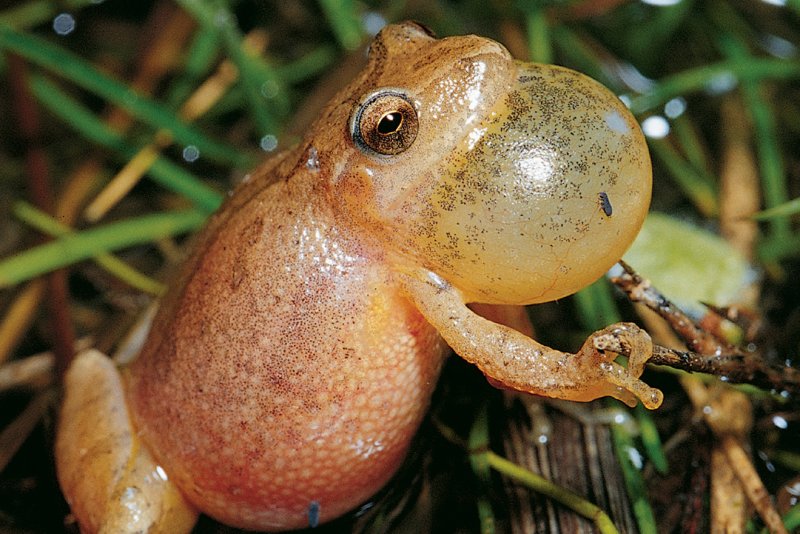(UPI) -- Research has shown that frogs exposed to the herbicide atrazine are more susceptible to fungal disease, a discovery that could help explain the decline of the global amphibian population.
Biologist Jason Rohr of the University of South Florida said that when frogs are exposed to atrazine early in life and then confronted with the pathogen chytrid fungus, their mortality rate increases.















